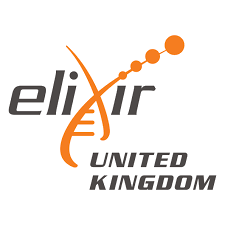The open source ISA framework and tools help to manage an increasingly diverse set of life science, environmental
and biomedical experiments that employing one or a combination of technologies.
Built around the 'Investigation' (the project context), 'Study' (a unit of research) and 'Assay' (analytical measurement)
data model and serializations (tabular, JSON and RDF), the ISA framework helps you to
provide rich description of the experimental metadata (i.e. sample characteristics, technology and measurement
types, sample-to-data relationships) so that the resulting data and discoveries are reproducible and
reusable.

Collect and curate, following standards
Describe the experimental steps using community-defined minimum reporting requirements and ontologies, where possible.

Store and browse, locally or publicly
Create your own repository to search and browse the experimental description and associated data, hosted openly or privately.

Submit to public repositories
When required, reformat experiments for submission to supported public repositories or directly export to those already using ISA formats.

Analyse with existing tools
Upload experimental descriptions and associated data to a growing number of well-known analysis systems that ISA formats connect with.

Release, reason and nanopublish
Explore and reason over your experiments, open them to the linked data universe, or publish nano-statements of your discoveries.

Publish data alongside your article
Directly export your experiments to a new generation of data journals that are accepting submissions in ISA formats.

